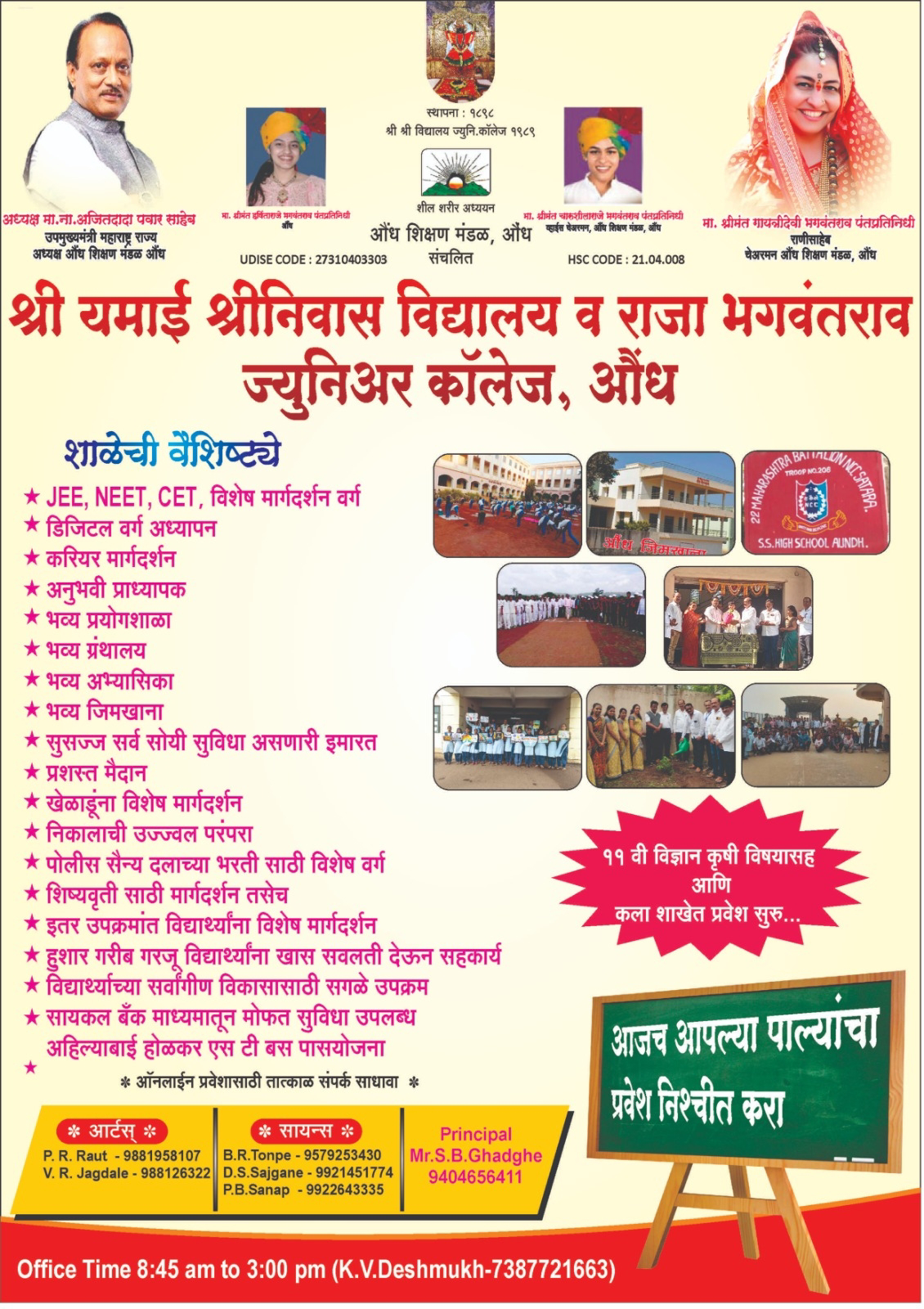How to Prepare Summary:
A summary is written in your own words. A summary contains only the ideas of the original
text. Do not insert any of your own opinions, interpretations, deductions or comments into a
summary. Identify in order the significant sub-claims the author uses to defend the main point.
1.Read the article to be summarized and be sure you understand it.
2.Outline the article. Note the major points.
3.Write a first draft of the summary without looking at the article.
4.Always use paraphrase when writing a summary. If you do copy a phrase from the
original be sure it is a very important phrase that is necessary and cannot be paraphrased.
In this case put "quotation marks" around the phrase.
5.Target your first draft for approximately 1/4 the length of the original.
The features of a summary:
1.Start your summary with a clear identification of the type of work, title, author, and main
point in the present tense.
Example: In the feature article "Four Kinds of Reading," the author, Donald Hall, explains
his opinion about different types of reading.
2.Check with your outline and your original to make sure you have covered the important
points.
3.Never put any of your own ideas, opinions, or interpretations into the summary.
This means you have to be very careful of your word choice.
4. Write using "summarizing language." Periodically remind your reader that this is a
summary by using phrases such as the article claims, the author suggests, etc.
4.Write a complete bibliographic citation at the beginning of your summary. A complete
bibliographic citation includes as a minimum, the title of the work, the author, the source.
Use APA format.
To write a good summary it is important to thoroughly understand the material you are
working with. Here are some preliminary steps in writing a summary.
1. Skim the text, noting in your mind the subheadings. If there are no subheadings, try
to divide the text into sections. Consider why you have been assigned the text. Try to
determine what type of text you are dealing with. This can help you identify important
information.
2. Read the text, highlighting important information and taking notes.
3. In your own words, write down the main points of each section.
4. Write down the key support points for the main topic, but do not include minor detail.
5. Go through the process again, making changes as appropriate.
1. The summary should cover the original as a whole.
2. The material should be presented in a neutral fashion.
3. The summary should be a condensed version of the material, presented in your own
Words.
4. Also do not include anything that does not appear in the original. (Do not include your own
comments or evaluation.

No comments:
Post a Comment